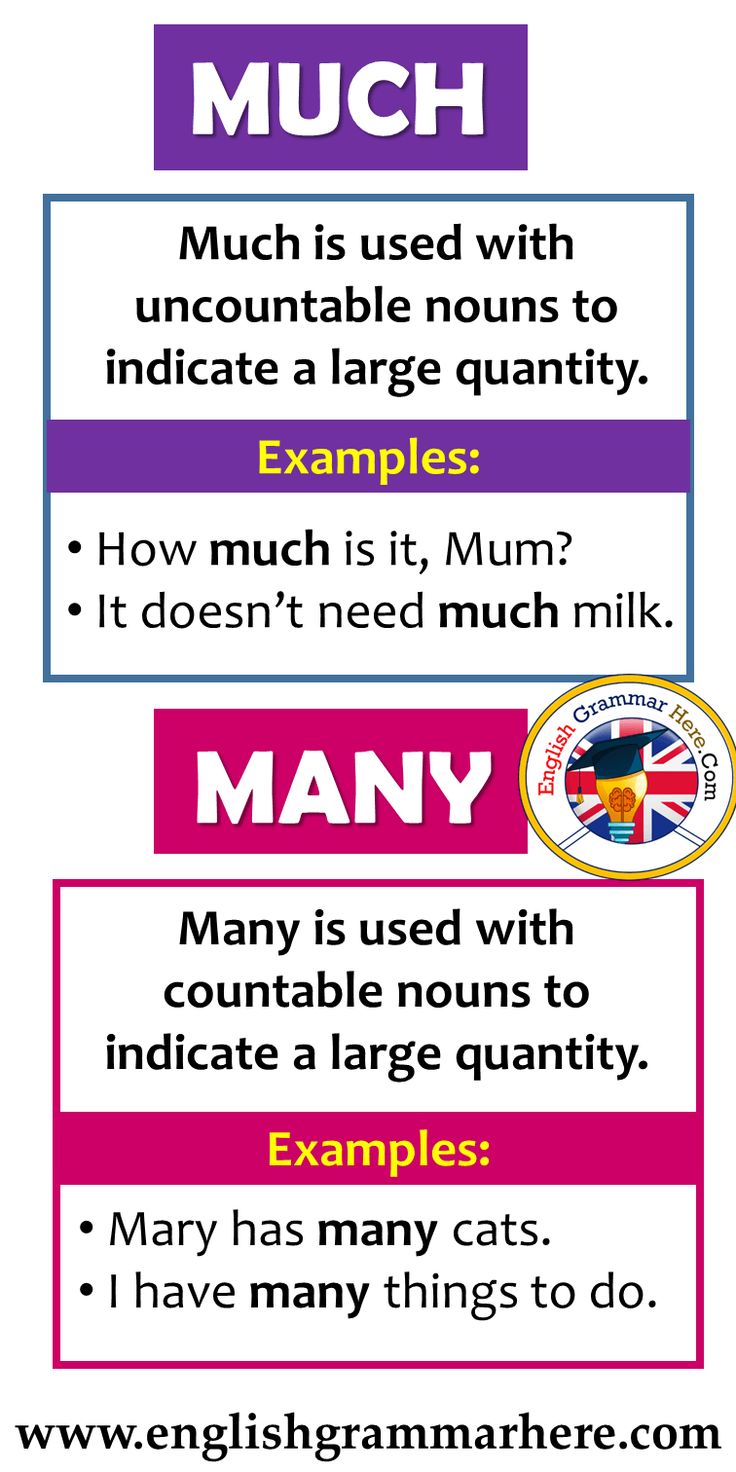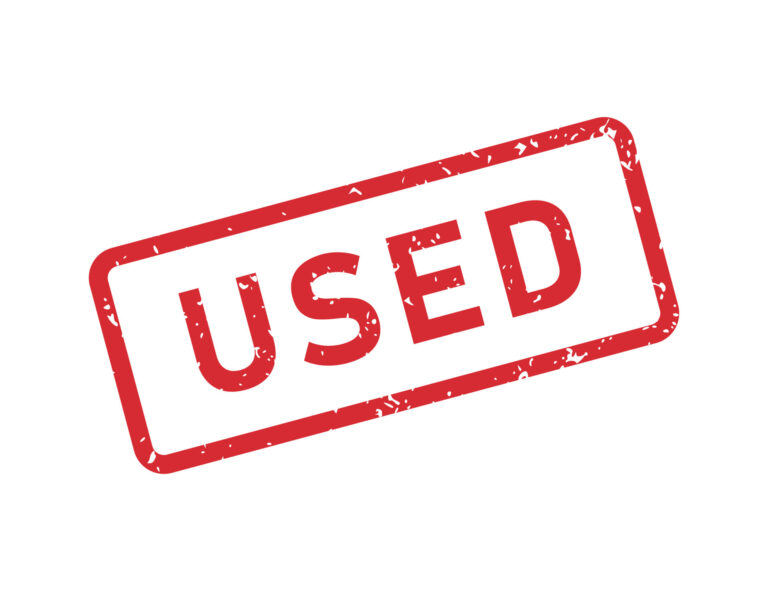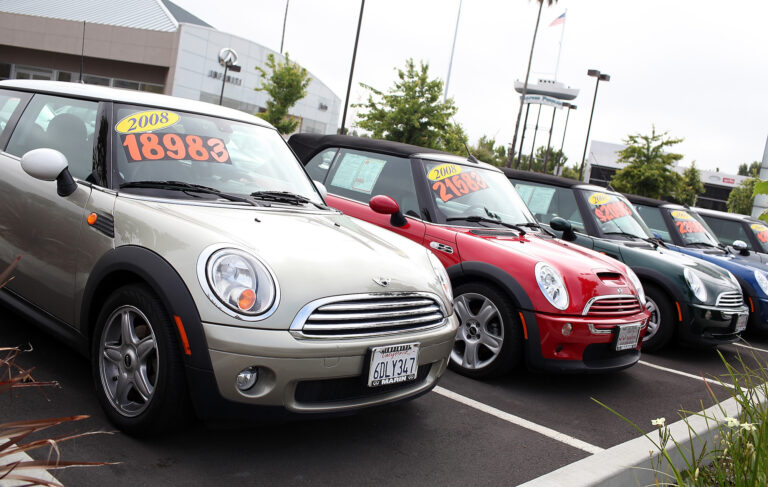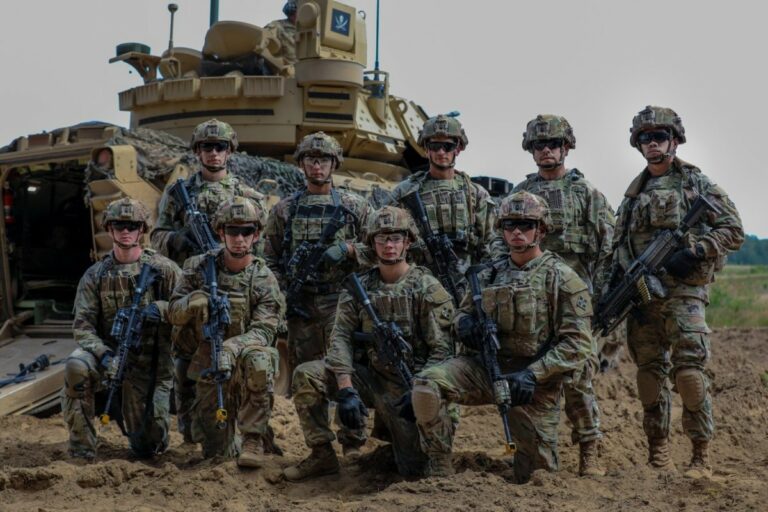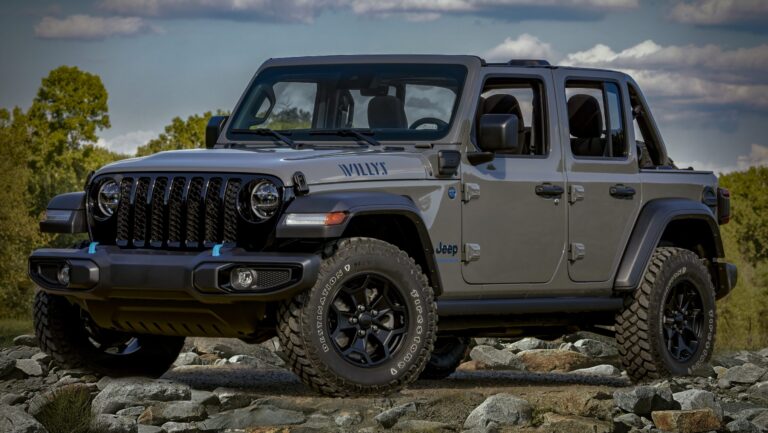How Much Do Tires For A Jeep Wrangler Cost: A Comprehensive Guide
How Much Do Tires For A Jeep Wrangler Cost: A Comprehensive Guide jeeps.truckstrend.com
The Jeep Wrangler. It’s more than just a vehicle; it’s a symbol of adventure, freedom, and the capability to conquer any terrain. Whether you’re navigating urban jungles, hitting rugged trails, or simply cruising the open road, your Wrangler’s performance, safety, and comfort hinge significantly on one critical component: its tires. Often overlooked until they need replacing, the cost of tires for a Jeep Wrangler can be a considerable investment, varying widely based on numerous factors. Understanding these factors is key to making an informed decision that balances your budget with your driving needs.
This comprehensive guide will demystify the world of Jeep Wrangler tire costs, breaking down everything from the different types of tires and their price points to hidden installation fees and crucial considerations for both daily drivers and off-road enthusiasts. By the end, you’ll have a clear understanding of what to expect when it’s time to equip your beloved Wrangler with new shoes.
How Much Do Tires For A Jeep Wrangler Cost: A Comprehensive Guide
The Core Factors Influencing Jeep Wrangler Tire Costs
The price tag on a set of Jeep Wrangler tires isn’t a fixed number. It’s a dynamic figure shaped by several interconnected variables. Understanding these will help you navigate the market and choose wisely.
1. Tire Type and Intended Use:
The most significant factor influencing cost is the tire’s design and its primary purpose. Jeep Wrangler owners have diverse needs, from daily commuting to extreme rock crawling, and tire manufacturers cater to all of them.
- All-Season/Highway Tires: Designed primarily for paved roads and light gravel, these offer a comfortable, quiet ride and decent fuel economy. They are the least aggressive and generally the most affordable.
- All-Terrain (A/T) Tires: The most popular choice for Wranglers, A/T tires strike a balance between on-road manners and off-road capability. They feature a more aggressive tread than all-season tires, providing good traction on dirt, gravel, and light mud, while still being relatively quiet and comfortable on pavement. They represent a mid-range price point.
- Mud-Terrain (M/T) Tires: Built for serious off-road adventures, M/T tires boast large, aggressive tread blocks and deep voids to evacuate mud, grip rocks, and handle challenging terrains. While exceptional off-road, they are typically louder on pavement, offer less comfort, and wear faster, making them the most expensive category.
- Specialty Tires: This category includes dedicated winter tires for snow and ice, or highly specialized rock-crawling tires. These are often niche products and can vary significantly in price, sometimes exceeding M/T costs due to their specific engineering.

2. Tire Size:
Like shoes, bigger tires generally cost more. Jeep Wranglers come with various stock tire sizes, and many owners opt for larger aftermarket tires to enhance aesthetics or off-road performance. As the tire diameter and width increase, so does the amount of rubber and material, directly impacting the price. For example, a 35-inch tire will almost always be more expensive than a 32-inch tire of the same brand and type.
3. Brand Reputation and Technology:
Premium tire brands like BFGoodrich, Goodyear, Nitto, Toyo, and Falken often command higher prices due to their extensive research and development, advanced rubber compounds, innovative tread designs, and proven durability. These brands invest heavily in technologies that improve grip, reduce noise, enhance longevity, and withstand extreme conditions. While budget brands might offer lower upfront costs, they may compromise on performance, lifespan, or warranty coverage.
4. Load Range and Ply Rating:
The "load range" (e.g., C, D, E) or "ply rating" indicates how much weight a tire can safely support and its durability. Heavier-duty tires (higher load range) are constructed with more layers of material, making them more robust and generally more expensive. For a heavy vehicle like a Jeep Wrangler, especially if towing or carrying significant gear, choosing an appropriate load range is crucial for safety and tire longevity.
5. Warranty and Road Hazard Protection:
Some tires come with manufacturer warranties that cover defects or tread wear for a certain mileage. Many retailers also offer optional road hazard protection plans, which cover punctures or non-repairable damage. While these add a small amount to the initial cost, they can save you significant money if you encounter an unexpected tire issue.

Understanding the Different Tire Categories and Their Typical Costs
To give you a clearer picture, let’s break down the approximate cost ranges for a single tire based on its category. Keep in mind these are estimates, and prices can fluctuate based on sales, promotions, and the specific retailer.
-
All-Season/Highway Tires:
- Typical Price Per Tire: $150 – $250
- Common Brands: Goodyear Wrangler SRA, Michelin Defender LTX M/S, Cooper Discoverer AT3 4S (some AT features)
- Best For: Daily commuters, light trail use, those prioritizing comfort and fuel economy.
-
All-Terrain (A/T) Tires:
- Typical Price Per Tire: $200 – $350 (for stock to mild upgrade sizes like 32-33 inches)
- Typical Price Per Tire (Larger Sizes like 35+ inches): $300 – $450+
- Common Brands: BFGoodrich All-Terrain T/A KO2, Falken Wildpeak A/T3W, Cooper Discoverer AT3 XLT, Goodyear Wrangler UltraTerrain AT, Nitto Ridge Grappler (hybrid AT/MT)
- Best For: Most Wrangler owners seeking a balance of on-road civility and capable off-road performance.
-
Mud-Terrain (M/T) Tires:
- Typical Price Per Tire: $250 – $400 (for stock to mild upgrade sizes like 32-33 inches)
- Typical Price Per Tire (Larger Sizes like 35+ inches): $350 – $550+
- Common Brands: BFGoodrich Mud-Terrain T/A KM3, Toyo Open Country M/T, Nitto Trail Grappler M/T, Maxxis Razr MT
- Best For: Dedicated off-roaders, rock crawlers, and those frequently in mud or challenging conditions.
Beyond the Tire: Installation and Additional Costs
The price of the tire itself is only part of the equation. Several other costs contribute to the final bill:
- Mounting and Balancing: This is non-negotiable. Tires need to be properly mounted onto the wheels and precisely balanced to ensure a smooth ride, prevent vibrations, and promote even wear.
- Typical Cost: $15 – $30 per tire, or $60 – $120 for a set of four.
- Valve Stems: Often replaced when new tires are installed, especially if they are rubber.
- Typical Cost: $2 – $5 per tire.
- TPMS (Tire Pressure Monitoring System) Service: Modern Wranglers have TPMS sensors in each wheel. When installing new tires, these sensors may need to be reset, recalibrated, or, if old, replaced.
- Typical Cost: $5 – $10 per tire for recalibration, $25 – $75 per sensor for replacement.
- Tire Disposal Fees: Most shops charge a small fee to properly dispose of your old tires.
- Typical Cost: $2 – $5 per tire.
- Alignment: While not always included, it’s highly recommended to get a wheel alignment after new tire installation, especially if you’ve changed tire sizes or notice uneven wear on your old tires. Proper alignment ensures optimal handling and maximizes tire lifespan.
- Typical Cost: $80 – $150.
- Road Hazard Warranty: An optional add-on that covers non-repairable damage like punctures or sidewall cuts for a set period or mileage.
- Typical Cost: 10-20% of the tire price, or a flat fee per tire.
Total Installation Cost (for a set of 4 tires): You can generally expect to pay an additional $100 – $200 on top of the tire purchase price for standard mounting, balancing, and disposal. This can go higher if TPMS sensors need replacing or an alignment is performed.
Cost Table: Estimated Tire Prices for a Jeep Wrangler
This table provides a generalized overview of estimated costs for popular tire types and sizes, including typical installation charges for a set of four tires. Prices are subject to change based on brand, retailer, location, and current promotions.
| Tire Type | Common Sizes (Diameter) | Typical Price Range (Per Tire) | Installation (Set of 4) | Total Cost (Set of 4) | Notes |
|---|---|---|---|---|---|
| All-Season/Highway | 30"-32" (Stock) | $150 – $250 | $80 – $120 | $680 – $1120 | Best for pavement, light trails, quiet ride. |
| All-Terrain (A/T) | 32"-33" | $200 – $350 | $80 – $120 | $880 – $1520 | Most popular, balanced performance on-road and off-road. |
| 35" | $300 – $450+ | $80 – $120 | $1280 – $1920+ | Often requires suspension lift and other modifications. | |
| Mud-Terrain (M/T) | 32"-33" | $250 – $400 | $80 – $120 | $1080 – $1720 | Aggressive off-road performance, louder on-road. |
| 35" | $350 – $550+ | $80 – $120 | $1480 – $2320+ | High performance in mud/rocks, significant on-road compromise. | |
| Specialty (Winter/Rock) | Varies | $200 – $600+ | $80 – $120 | $880 – $2520+ | Niche applications, can be very specific in cost and availability. |
| Additional Potential Costs (Optional/As Needed) | N/A | N/A | $20 – $300+ | Varies | TPMS sensors, alignment, road hazard warranty, disposal fees. |
Important Note: It is highly recommended to purchase five tires for a Jeep Wrangler to ensure you have a full-size, matching spare. This is crucial for maintaining vehicle balance, proper gearing, and off-road capability in case of a flat. The costs above reflect a set of four; remember to factor in the fifth tire.
Practical Advice and Actionable Insights
- Define Your Needs: Be honest about how you use your Wrangler. Are you primarily on pavement with occasional dirt roads, or are you hitting challenging trails every weekend? Your usage dictates the right tire type, which heavily influences cost.
- Shop Around: Compare prices from various retailers, both online and local. Online retailers often have competitive prices but may require you to find a local installer. Local shops might offer package deals including installation.
- Look for Sales and Rebates: Tire manufacturers and retailers frequently offer promotions, rebates, or discounts, especially around holidays. Sign up for newsletters from your preferred tire brands and stores.
- Consider "House Brands" or Lesser-Known Brands: Many reputable tire shops and larger automotive chains have their own house brands or carry lesser-known brands that offer good value without sacrificing too much quality. Research reviews thoroughly before committing.
- Factor in the Fifth Tire: Always budget for five tires. A full-size, matching spare is essential for a Wrangler, especially if you venture off-road.
- Don’t Skimp on Installation: Proper mounting, balancing, and alignment are crucial for tire performance, safety, and longevity. Choose a reputable shop with experienced technicians.
- Maintain Your Tires: Regular tire rotations (every 5,000-7,000 miles), proper inflation, and periodic alignments will significantly extend the life of your tires, delaying your next major purchase.
- Understand Indirect Costs of Upgrading Size: If you go significantly larger than stock (e.g., 35-inch or 37-inch tires), you might also need to budget for a lift kit, new wheels with appropriate backspacing, re-gearing the axles, and potentially steering component upgrades. These are substantial additional costs.
Frequently Asked Questions (FAQ)
Q: How often do I need new tires for my Jeep Wrangler?
A: This varies greatly depending on tire type, driving habits, and maintenance. All-season tires might last 50,000-70,000 miles, while aggressive mud-terrain tires could wear out in 30,000-40,000 miles. Regular inspection for tread depth, cracks, and uneven wear is key.
Q: Do I need a lift kit for bigger tires on my Wrangler?
A: It depends on how much bigger you go. Most Wranglers can fit one size up (e.g., from 30" to 32") without a lift. However, fitting 35-inch tires typically requires a 2-2.5 inch lift, and 37-inch tires often need 3.5 inches or more, plus other modifications.
Q: Should I buy 4 or 5 tires for my Wrangler?
A: Always buy 5. Your Wrangler comes with a full-size spare, and it’s crucial to replace it with a matching tire. This ensures consistent performance, proper vehicle dynamics (especially for 4×4 systems), and that you have a usable spare in any situation.
Q: What’s the main difference between All-Terrain (A/T) and Mud-Terrain (M/T) tires?
A: A/T tires are a hybrid, offering good performance on and off-road, with a balance of traction, comfort, and noise. M/T tires are specialized for extreme off-road conditions (mud, rocks) with very aggressive treads, but they are louder, less comfortable, and wear faster on pavement.
Q: Does tire choice affect my Wrangler’s fuel economy?
A: Yes, significantly. Larger, heavier, and more aggressive tires (especially M/T) increase rolling resistance and unsprung weight, leading to lower fuel economy. They also require more power to turn, which can strain your engine.
Q: Can I mix different tire brands or types on my Wrangler?
A: It is strongly advised against mixing tire brands, types, or even tread depths on a 4×4 vehicle like a Wrangler. Differences in rolling circumference can cause stress and damage to your drivetrain, especially the transfer case. All four (or five) tires should be identical.
Conclusion
The cost of tires for a Jeep Wrangler is a significant investment, but it’s an investment directly tied to your vehicle’s performance, safety, and your overall driving experience. From daily commutes to epic off-road adventures, the right set of tires makes all the difference. By understanding the various factors that influence pricing—such as tire type, size, brand, and additional installation costs—you can make an informed decision that suits your needs and budget.
Remember to prioritize your driving habits and intended use, shop around for the best deals, and always factor in the crucial fifth tire for your spare. With proper research and a clear understanding of the options, you can equip your Jeep Wrangler with the perfect set of tires, ensuring countless miles of confident and thrilling adventures.

